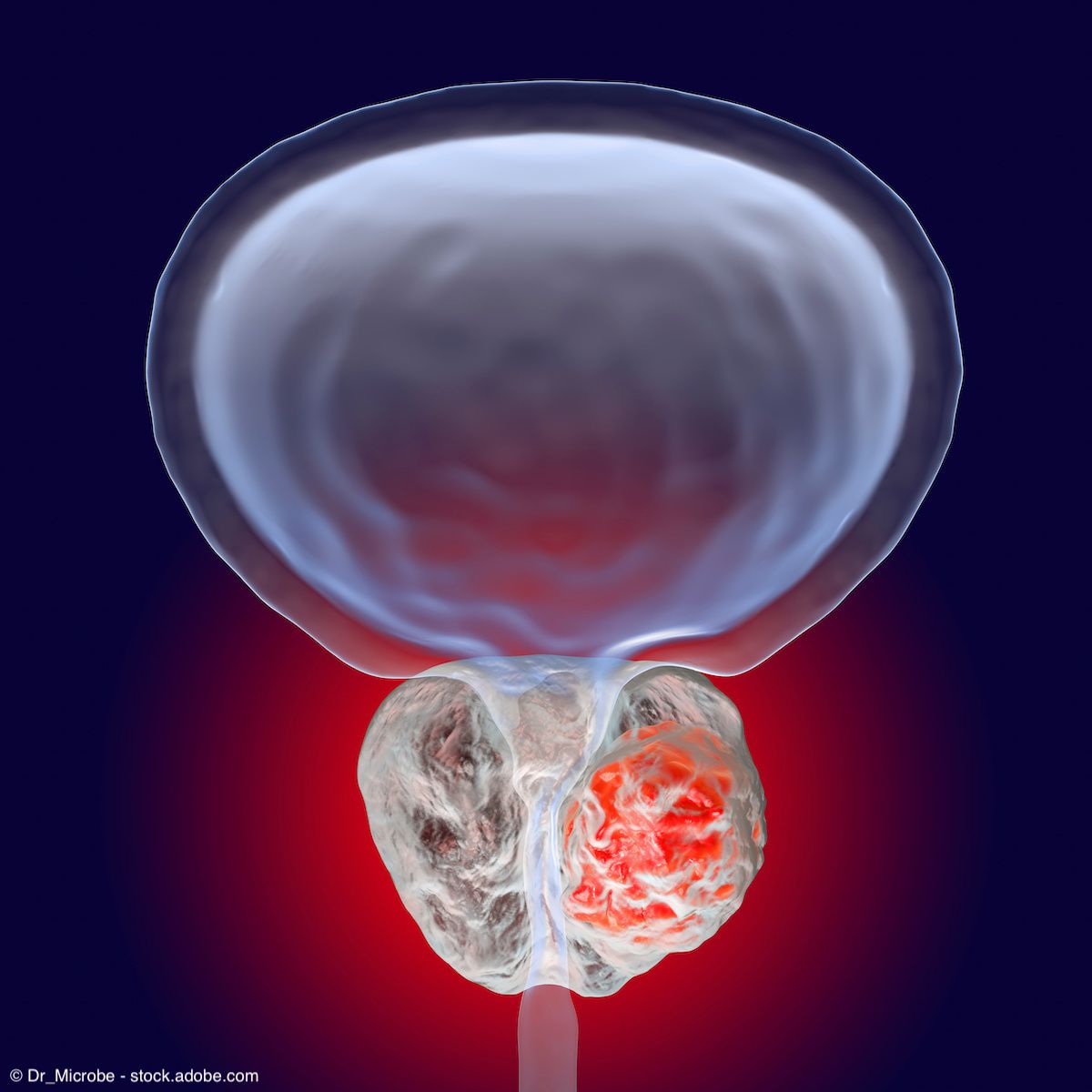Article
Low-risk PCa patients frequently choose aggressive treatment
Most men with prostate cancer who test below the normal PSA level and have low-risk disease still undergo aggressive treatment, researchers from The Cancer Institute of New Jersey, New Brunswick recently reported.
Most men with prostate cancer who test below the normal PSA level and have low-risk disease still undergo aggressive treatment, researchers from The Cancer Institute of New Jersey, New Brunswick recently reported.
Using the population-based Surveillance, Epidemiology, and End Results (SEER) database, the researchers reviewed information on various patient demographics, disease classification, and treatment patterns from 123,934 men aged 25 years and older with newly diagnosed prostate cancer from 2004 to 2006.
The team found that 14% of these men had PSA values lower than 4.0 ng/mL, and that these men were generally younger in age and had lower Gleason scores. Of that number, 54% harbored low-risk disease, and radical prostatectomy or radiation therapy was the treatment of choice for 75%.
According to the authors, despite the patients’ low risk of having clinically significant disease, treatment rates for these men were similar to those with PSA values of between 4.0 ng/mL and 20.0 ng/mL. The study also found that 66% of men between 65 and 74 years old with low-risk disease and a PSA of 4.0 ng/mL or lower also opted for radiation therapy or radical prostatectomy.
"It is clear from our current study that men are choosing aggressive forms of treatment when they may not need to," said senior author Grace Lu-Yao, PhD. "This is especially concerning for older men, as previous studies done by our team show excellent disease-specific survival for men with low-risk cancer following conservative management.
"Because this is the most comprehensive study of U.S. men in this population to date, we anticipate that these results will help both physicians and patients more closely examine a man’s treatment needs."
Study results were published in the Archives of Internal Medicine (2010; 170:1262-3).




